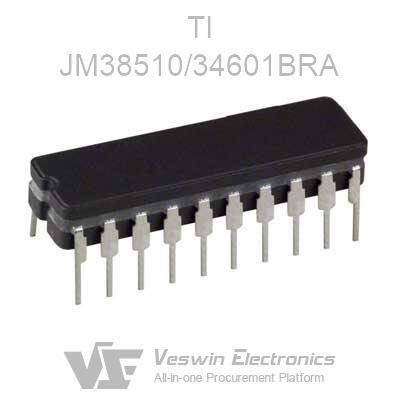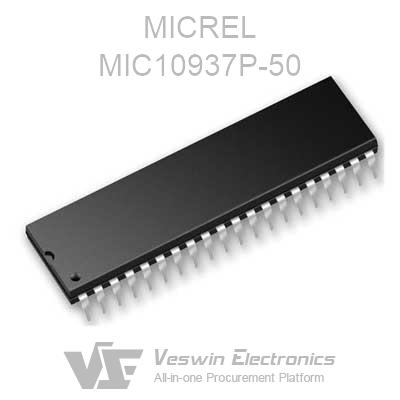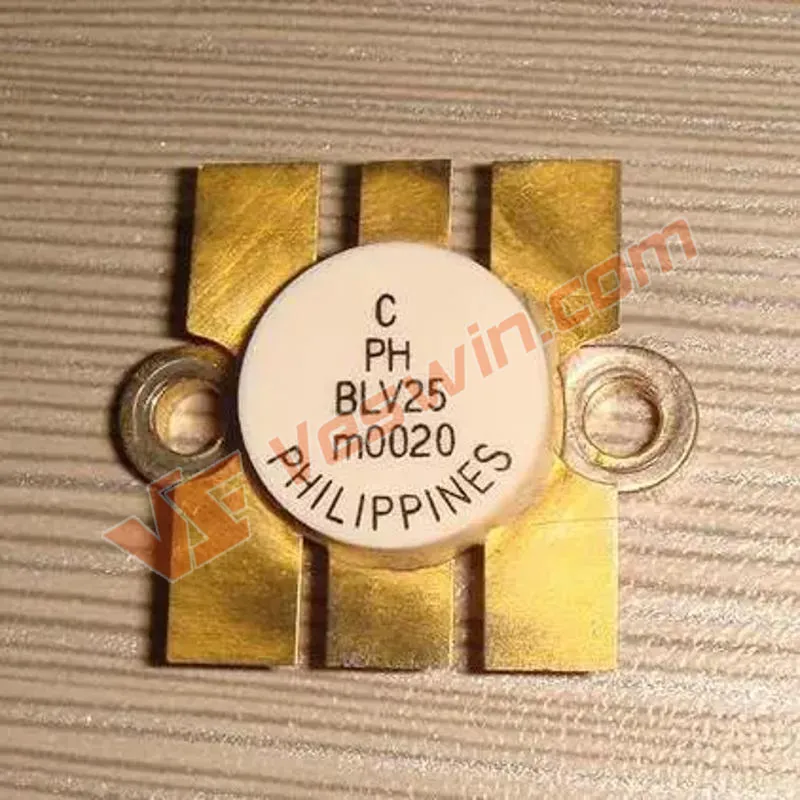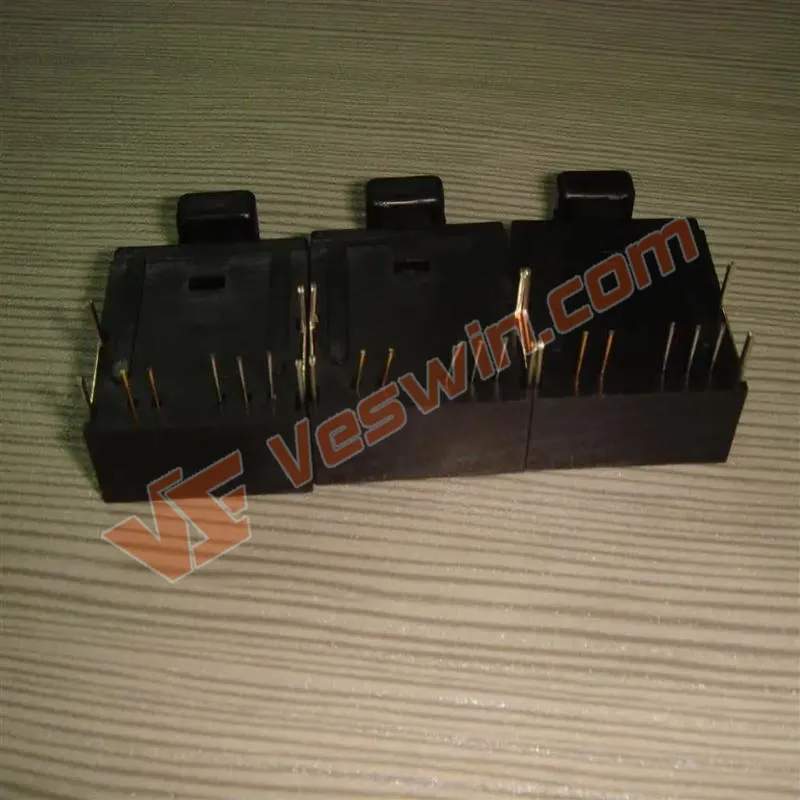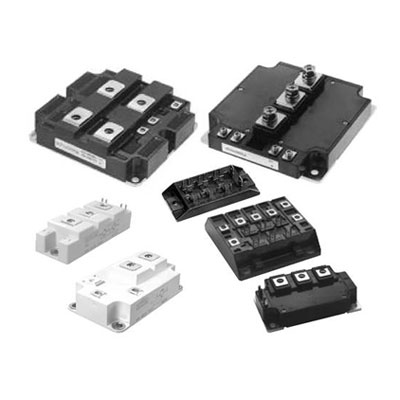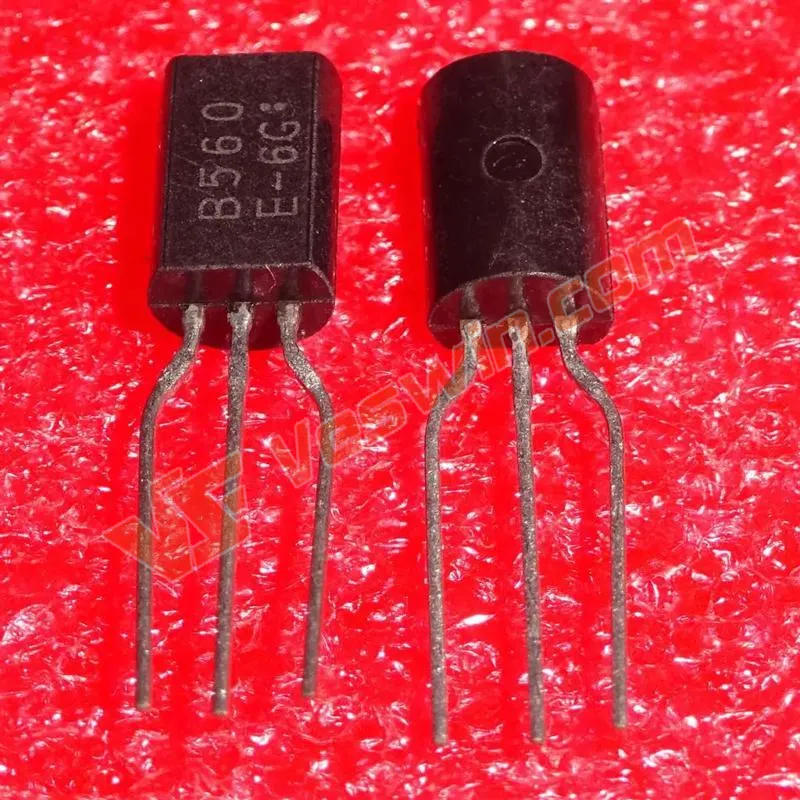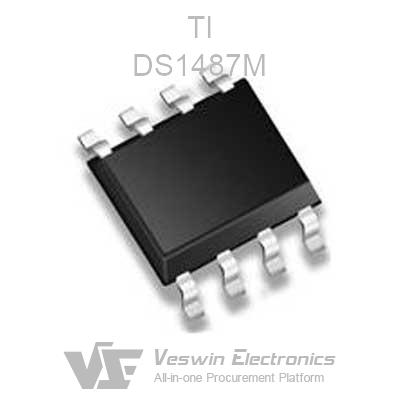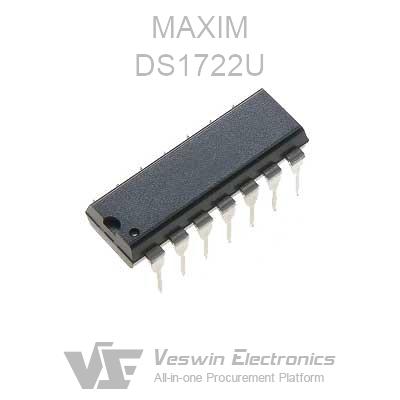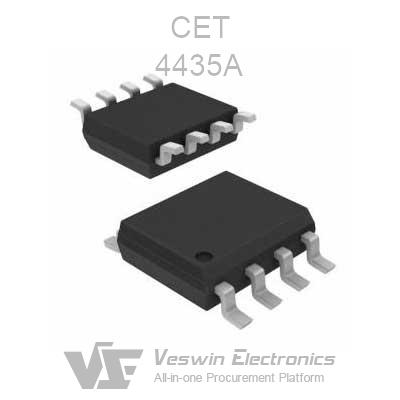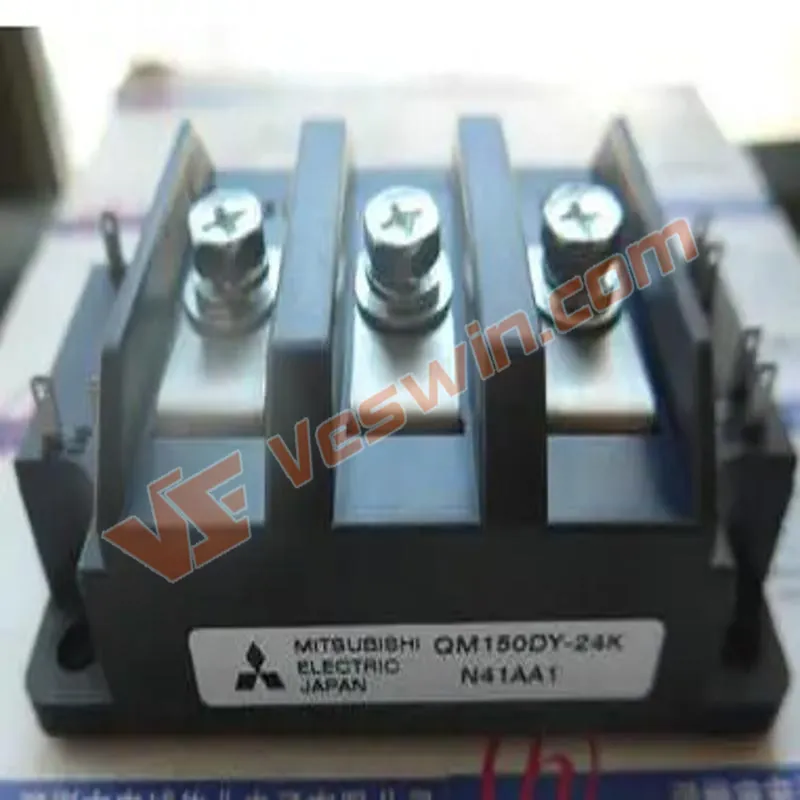An Interface IC (Integrated Circuit) is a semiconductor device designed to enable communication and interaction between various electronic components or systems that have different electrical or communication characteristics. These ICs act as intermediaries, providing the necessary circuitry and protocols to ensure compatibility and efficient data exchange between different parts of an electronic system. Interface ICs are crucial in modern electronics, as they facilitate the seamless operation of diverse components and devices within a system. Here are some key aspects and functions of Interface ICs:
Data Conversion: Interface ICs often include analog-to-digital converters (ADCs) and digital-to-analog converters (DACs) to convert analog signals into digital data and vice versa. This is essential for interfacing with sensors, displays, and other analog devices.
Signal Level Translation: Interface ICs can translate signal voltage levels to match the requirements of different components. For example, they can convert between TTL (Transistor-Transistor Logic) and CMOS (Complementary Metal-Oxide-Semiconductor) voltage levels.
Communication Protocol Conversion: Many Interface ICs are designed to translate between different communication protocols. For instance, they can convert data between parallel and serial formats or between various serial communication standards like UART, SPI, I2C, and more.
Voltage Level Shifting: Interface ICs may provide level-shifting capabilities to ensure that signals are compatible with the voltage levels used by other components or subsystems in a system.
Protection and Isolation: Some Interface ICs include circuitry for signal isolation and protection, which is crucial for ensuring that electrical noise or voltage spikes in one part of a system do not affect other components.
Clock Generation and Synchronization: Interface ICs can generate and distribute clock signals, ensuring that different parts of a system are synchronized and operate at the correct timing.
Bus Buffering: In systems with multiple components sharing a data bus, Interface ICs can act as bus buffers to prevent contention and ensure data integrity during communication.
Specialized Functions: Depending on the specific application, Interface ICs may offer additional specialized features, such as error checking and correction, data encoding/decoding, or specific communication optimizations.
Common examples of Interface ICs include UART controllers for serial communication, level shifters for voltage translation, USB controllers for connecting devices to USB ports, and Ethernet PHY (Physical Layer) ICs for wired networking. Interface ICs are essential components in a wide range of electronic systems, from consumer electronics to industrial automation, ensuring that devices can communicate effectively and reliably with one another.
The working principle of an Interface IC (Integrated Circuit) depends on its specific function and purpose, as different types of Interface ICs are designed to perform various tasks related to data or signal interfacing and communication between electronic components or systems. Here, I'll provide a general overview of the working principles common to many Interface ICs:
Signal Conditioning: Many Interface ICs are involved in signal conditioning, which means they process and adapt input signals to make them suitable for the connected components. This might involve amplifying weak signals, filtering out noise, or adjusting signal voltage levels.
Protocol Conversion: Interface ICs often handle protocol conversion when devices communicate using different communication standards or protocols. For example, UART ICs convert parallel data into serial data and vice versa. I2C or SPI ICs convert data between parallel and serial formats.
Data Conversion: Some Interface ICs, such as ADCs (Analog-to-Digital Converters) and DACs (Digital-to-Analog Converters), are responsible for converting analog signals to digital and vice versa. ADCs digitize analog data, while DACs produce analog signals from digital data.
Clock Generation and Synchronization: Interface ICs can generate clock signals required for synchronization between different components within a system. Clock synchronization ensures that data is transferred at the correct time.
Voltage Level Translation: Many Interface ICs perform voltage level translation, allowing devices with different voltage requirements to communicate effectively. These ICs ensure that signals are compatible between different components in a system.
Error Handling and Correction: Some Interface ICs incorporate error detection and correction mechanisms to ensure data integrity during communication. They can detect and potentially correct errors in transmitted data.
You May Also Like:JHL6340 TMDS181IRGZR PS8330BQFN48GTR2-A0 PEX8764-AB80BIG
Bus Control and Arbitration: In systems with multiple devices sharing a common bus, Interface ICs may handle bus control and arbitration, preventing contention and collisions among devices trying to access the bus simultaneously.
Data Buffering: Interface ICs can act as data buffers, temporarily storing data to smooth out differences in data transfer rates between devices.
Protection and Isolation: Certain Interface ICs protect against electrical noise and voltage spikes, ensuring the safety and integrity of data transmission. They also offer isolation to separate different parts of a system, preventing electrical interference.
Communication Management: Interface ICs manage the initiation and termination of communication between devices. They handle start and stop conditions, acknowledge signals, and facilitate bidirectional communication.
The working principle of an Interface IC is specific to its intended function and can vary significantly from one type of IC to another. For instance, a UART IC primarily manages the serialization and deserialization of data for serial communication, while an ADC IC focuses on converting analog voltages into digital values. Understanding the datasheet and documentation provided by the manufacturer is crucial when working with Interface ICs, as it provides detailed information on how to use the IC effectively and correctly within a particular application.
Interface ICs come in various types, each designed to facilitate communication and interaction between different electronic components or systems with specific electrical or communication characteristics. The number of types of Interface ICs is vast and continually evolving as technology advances, but here are some common categories and types of Interface ICs:
Serial Communication Interface ICs:
UART (Universal Asynchronous Receiver-Transmitter)
SPI (Serial Peripheral Interface)
I2C (Inter-Integrated Circuit)
CAN (Controller Area Network)
LIN (Local Interconnect Network)
USB (Universal Serial Bus)
RS-232 and RS-485
Ethernet PHY (Physical Layer)
Bluetooth and Wi-Fi controllers
Zigbee and other wireless communication ICs
Analog-to-Digital Converter (ADC) ICs: These interface ICs convert analog signals into digital data. They are used in applications like sensor interfacing, data acquisition, and instrumentation.
Digital-to-Analog Converter (DAC) ICs: These interface ICs convert digital data into analog signals. They are used in applications like audio processing, signal generation, and control systems.
Level Shifting and Voltage Translation ICs: These ICs ensure compatibility between components with different voltage levels and signal requirements.
Clock Generator and Buffer ICs: These ICs generate clock signals and provide buffering for clock distribution in electronic systems.
Display Interface ICs: These ICs enable connections between microcontrollers or processors and display modules, including LCDs (Liquid Crystal Displays) and OLEDs (Organic Light-Emitting Diodes).
Memory Interface ICs: These ICs facilitate communication between microcontrollers or processors and various types of memory, such as DDR (Double Data Rate), SDRAM (Synchronous Dynamic Random-Access Memory), or NAND flash memory.
Audio Interface ICs: These ICs are used for audio signal processing and interfacing, including audio codecs, amplifiers, and headphone drivers.
Power Management Interface ICs: These ICs manage power-related functions, including voltage regulation, battery charging, and power sequencing.
Sensor Interface ICs: These ICs enable communication with sensors and transducers, such as temperature sensors, accelerometers, and gyroscope sensors.
Motor Control Interface ICs: These ICs facilitate control and communication with motors and motor drivers for applications like robotics and industrial automation.
Interface Protection and Isolation ICs: These ICs protect sensitive electronics from voltage spikes and noise and provide galvanic isolation between different parts of a system.
GPIO (General-Purpose Input/Output) Expander ICs: These ICs provide additional input and output pins to microcontrollers with limited I/O capabilities.
Memory Card Interface ICs: These ICs allow devices to communicate with memory cards, such as SD (Secure Digital) cards and microSD cards.
RF (Radio Frequency) Front-End ICs: These ICs handle RF signal processing and filtering for wireless communication devices.
HDMI (High-Definition Multimedia Interface) ICs: These ICs facilitate high-quality audio and video transmission between devices, such as televisions and gaming consoles.
Recommended read:AD2S1210 Working Principle
Hot News
